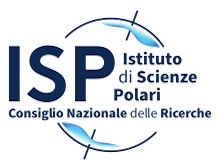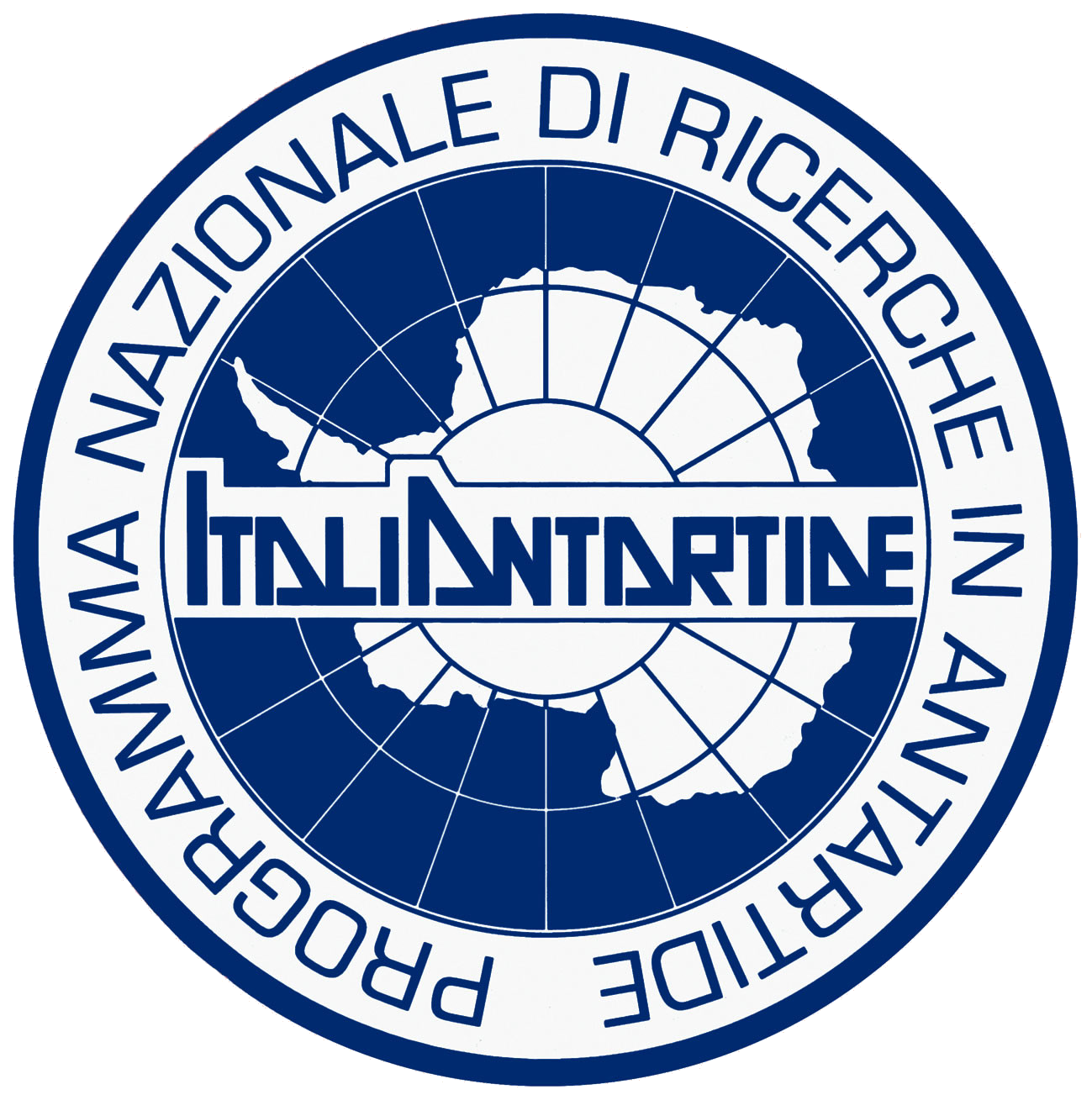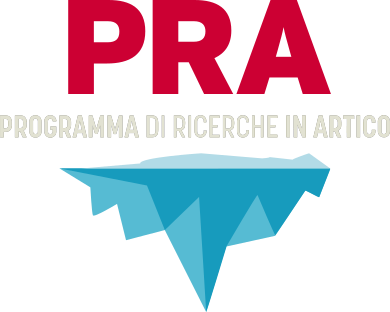Summary
This proposal focuses on the development of innovative analytical methods for the chemical characterization of ice and snow in support of paleoclimatic reconstructions. It will provide new tools for the analysis of deep ice core dating back to 1.5 Myr ago, as targeted by the “Beyond EPICA – Oldest Ice Core” (BE-OIC) project. This proposal is a great challenge for analytical chemistry because deep ice layers are highly compressed, requiring analysis with a high temporal resolution and extreme sensitivity. The main tasks of this project are: 1) to develop semi-continuous analytical methods for organic tracers and major ions using fast liquid chromatography in ice cores; 2) to develop new analytical methods for specific tracers of sources, photolytic degradation of organic species and emerging contaminants in fresh snow and discrete ice core samples; 3) to set up continuous high resolution non-destructive analytical methods using cryocell-laser ablation-ICP-MS and Raman spectroscopy.
Objectives
The global objective of this project is to develop innovative analytical methods for studying the chemical composition of ice cores to obtain specific climatic information about past climatic forcing and the atmospheric responses. This project is focused to provide specific tools for the BE-OIC project. It is hoped that BE-OIC will help the scientific community to understand why the climate change frequency shifted from 100 kyr cycles to 40 kyr cycles and this shift occurred around the Mid-Pleistocene Transition (MPT) about 1 Myr ago. The oldest ice, especially that older than 700 kyr is expected to be found in a compressed layer of not more than 250 m of ice. The analytical methods used will resolve the compressed ice layers so a high enough temporal resolution can be achieved. Recent advances in analytical technology are expected to help us to obtain new climatic information from newly identified environmental and climatic proxies.
Project Partners
• Università degli Studi di PADOVA
• Università degli Studi di ROMA La Sapienza
• Università degli Studi di FIRENZE
• Università degli Studi di TORINO







 Title: Innovative Analytical Methods to study biogenic and anthropogenic proxies in Ice COres
Title: Innovative Analytical Methods to study biogenic and anthropogenic proxies in Ice COres 


